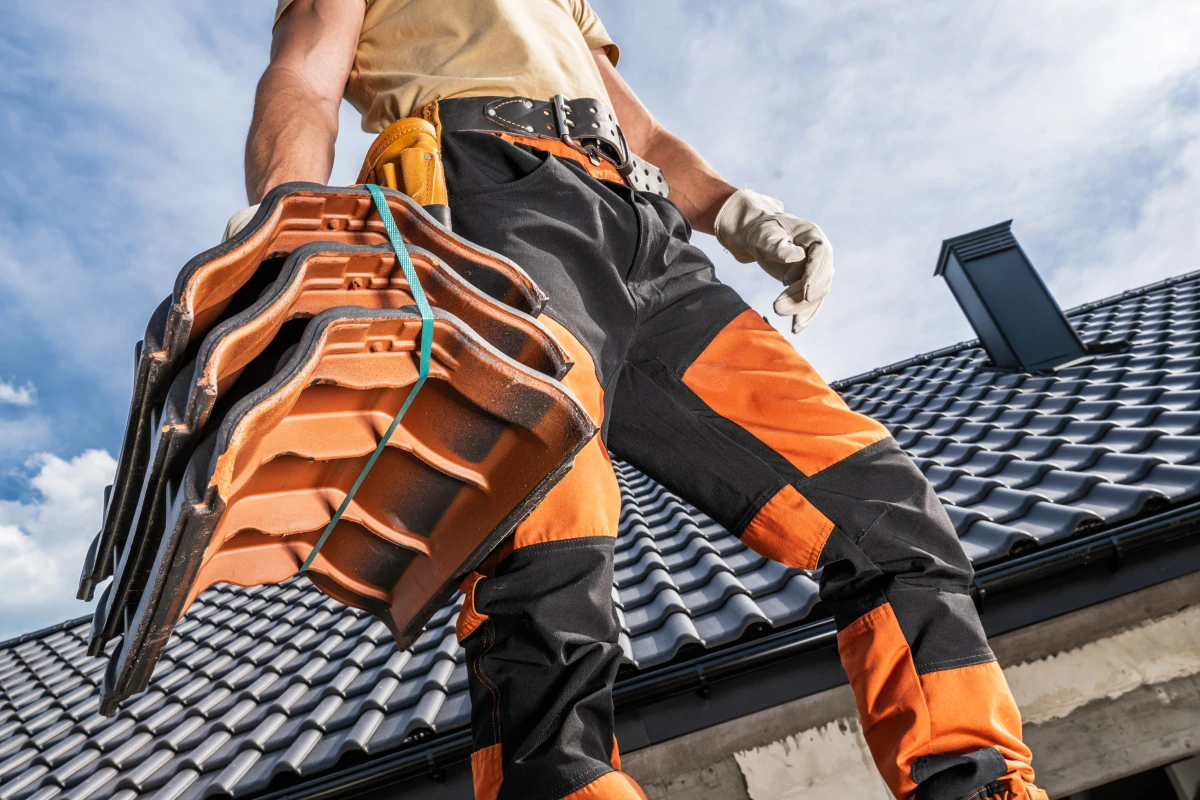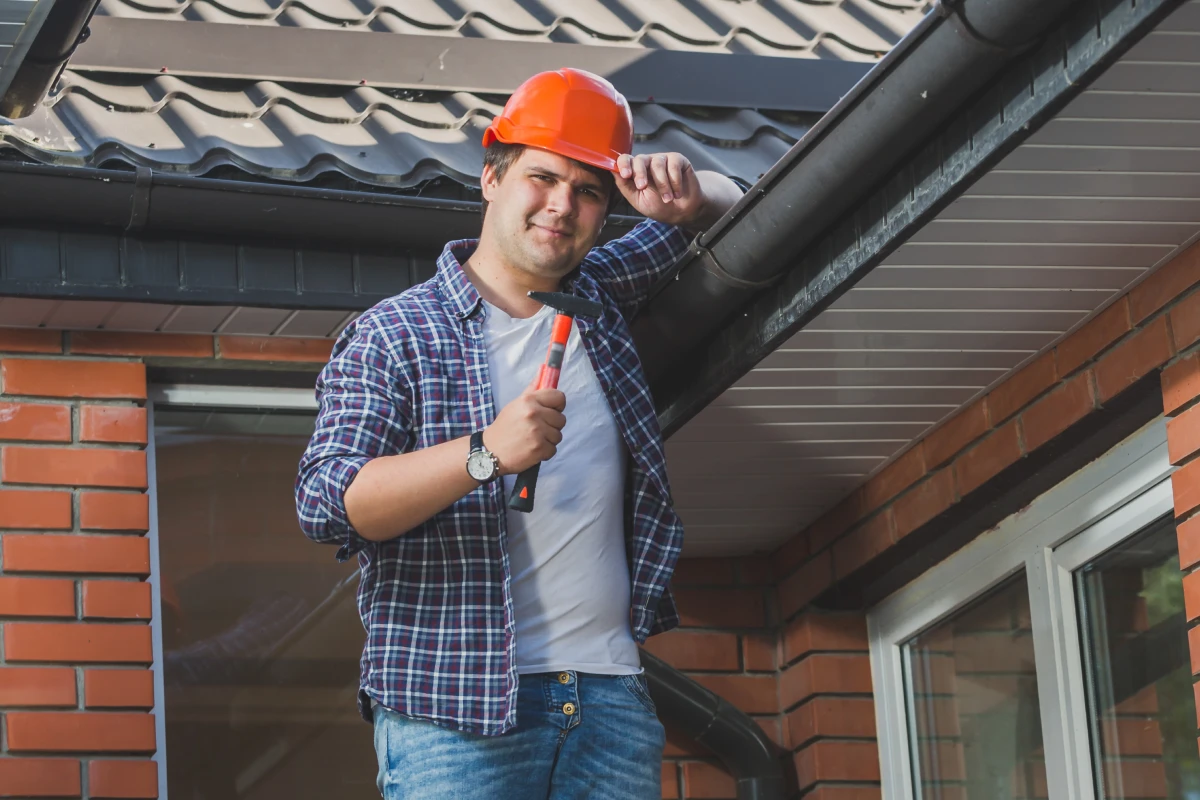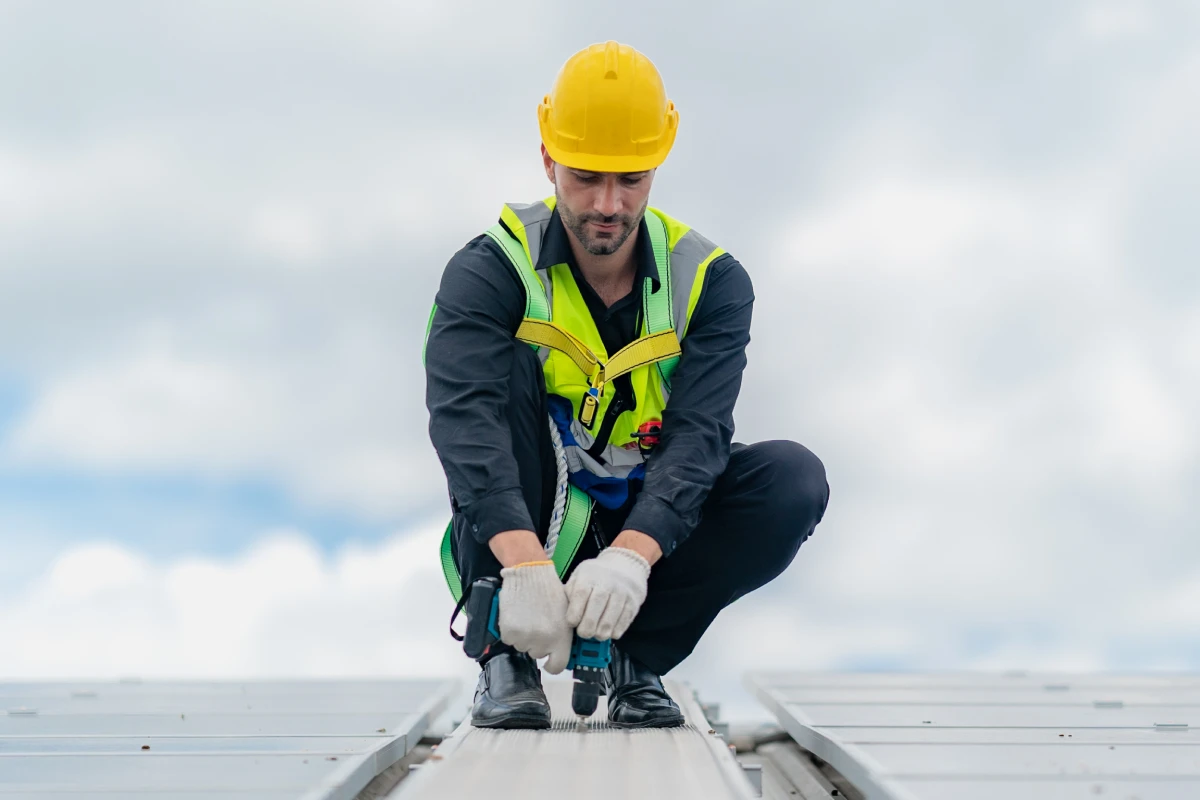It’s one of the most common questions we get here at Reliance Roof Troop:
“Can I replace my roof in the winter?”
And the answer is — it depends.
In places like Northwest Indiana and the greater Chicagoland area, we get eight to nine months of relatively warm weather that’s ideal for roof replacements. But what happens during those freezing months, when the snow starts falling, temperatures hover around freezing, and you notice leaks or visible damage on your roof?
The truth is, replacing a roof in the winter can be done, but only if very specific conditions are met — and only if you’re using the right materials with an experienced crew that knows what they’re doing.
Let’s break it all down, so you can make the right call for your home, your investment, and your peace of mind.
Why Most Shingles Should Not Be Installed in Cold Weather
Most roofing shingles you see on homes today are made with oxidized asphalt. These are the standard shingles from major manufacturers like:
- Owens Corning
- GAF
- TAMKO
- IKO
- CertainTeed
- Atlas
These shingles are not meant to be installed in cold weather. In fact, the manufacturers explicitly state that they should not be installed unless the temperature is 40°F or above.
Why is that the case?
It comes down to how shingles are designed to seal.
Standard shingles rely on a thermal-activated adhesive strip — a sealant at the bottom of the shingle — to properly adhere to the shingle below it. That sealant needs two things:
- Ambient temperature (around 40°F or warmer)
- Direct sunlight over time
When shingles are installed in freezing temperatures:
- The adhesive doesn’t activate
- Wind blows dust, leaves, and small twigs under the shingle
- That debris sticks to the unsealed adhesive
- And the shingle never fully bonds to the one below it
What does this mean for your roof?
When the shingle seals to debris instead of the actual roofing system:
- Nail holes remain exposed
- Wind-driven rain gets underneath your shingles
- Leaks and long-term water damage become likely
- Your new roof may only last 5 to 6 years instead of 25 to 30
This is a critical mistake that unfortunately still happens when roofing contractors cut corners or ignore manufacturer guidelines to keep crews busy during the winter months.
At Reliance Roof Troop, we will never install a standard asphalt shingle roof in freezing conditions. Your roof is too important to risk on shortcuts.
When a Winter Roof Replacement Is Safe (and Even Recommended)
Now, don’t get us wrong — not all winter roofing is off the table. If the situation calls for it and the right product is used, we can and do replace roofs in the winter.
Here’s when it’s not only possible — it’s the right move.
1. You’re Using Polymer-Modified (SBS) Shingles
Some roofing shingles are specially engineered to handle cold temperatures. These are called SBS-modified shingles or rubberized asphalt shingles.
The most well-known product we trust is from Malarkey Roofing Products.
Unlike standard shingles, these SBS shingles are:
- Flexible in freezing weather
- Designed to seal at lower temperatures
- Capable of bonding correctly even without long exposure to sunlight
At Reliance Roof Troop, we’ve installed Malarkey SBS shingles at temperatures as low as 17°F, and the results speak for themselves. The shingles sealed properly, the roof performed flawlessly, and the home has had zero issues six years later.
2. You’re Working with a Crew That Understands Winter Safety and Installation Protocols
Cold-weather roof replacement is not just about the right shingle. It requires a crew that understands how to adapt to jobsite conditions, including:
- Storing materials properly to keep them at usable temperatures
- Heating ice and water shield underlayments before applying them
- Clearing snow and ice completely from the working area
- Securing ladders and safety equipment properly to prevent slips or falls
Most importantly, it requires the honesty to tell a homeowner when a job shouldn’t be done — and the integrity to walk away from unsafe or improper installs.
What If You Need a New Roof But Conditions Aren’t Right?
If you’re dealing with an active leak, storm damage, or aging shingles that are falling apart mid-winter, you might feel stuck.
You don’t want to delay the project — but you also don’t want to install a roof that’s doomed to fail.
That’s where a temporary solution comes in.
At Reliance Roof Troop, we offer tarping and protection services that can get you through the worst of the winter months while you wait for proper installation weather.
Here’s what we’ll do:
- Come out and inspect your roof thoroughly
- Determine whether a winter install with SBS shingles is possible
- If not, tarp the roof to protect against leaks and water damage
- Schedule your full replacement for the first break in the weather
This approach ensures your home stays protected — without compromising the quality or longevity of your roofing system.
Final Thoughts: Should You Replace Your Roof in Winter?
Yes, you can — if it’s done the right way.
But the truth is, most roofing contractors aren’t going to walk you through these details. They may not be using cold-weather-rated shingles, or they might be installing them in temperatures well below the manufacturer’s guidelines.
That’s not how we do things.
At Reliance Roof Troop, we follow strict standards that protect your home and your investment:
- No standard shingles installed below 40°F
- Only use SBS-modified shingles (like Malarkey) for winter installs
- Tarping available to bridge the gap between now and spring
- Full transparency on what’s best for your specific situation
Whether your roof needs immediate attention or you’re planning ahead for spring, we’re here to help — with honesty, expertise, and a commitment to doing what’s right.
Need an Honest Winter Roof Assessment?
If you’re unsure about whether to repair, replace, or wait, we’ll give you the truth.
Call Reliance Roof Troop today for a no-pressure inspection and recommendation. We’ll assess your roof, explain your options, and make sure your home is protected for the long haul — whether it’s 15 degrees or 75.


